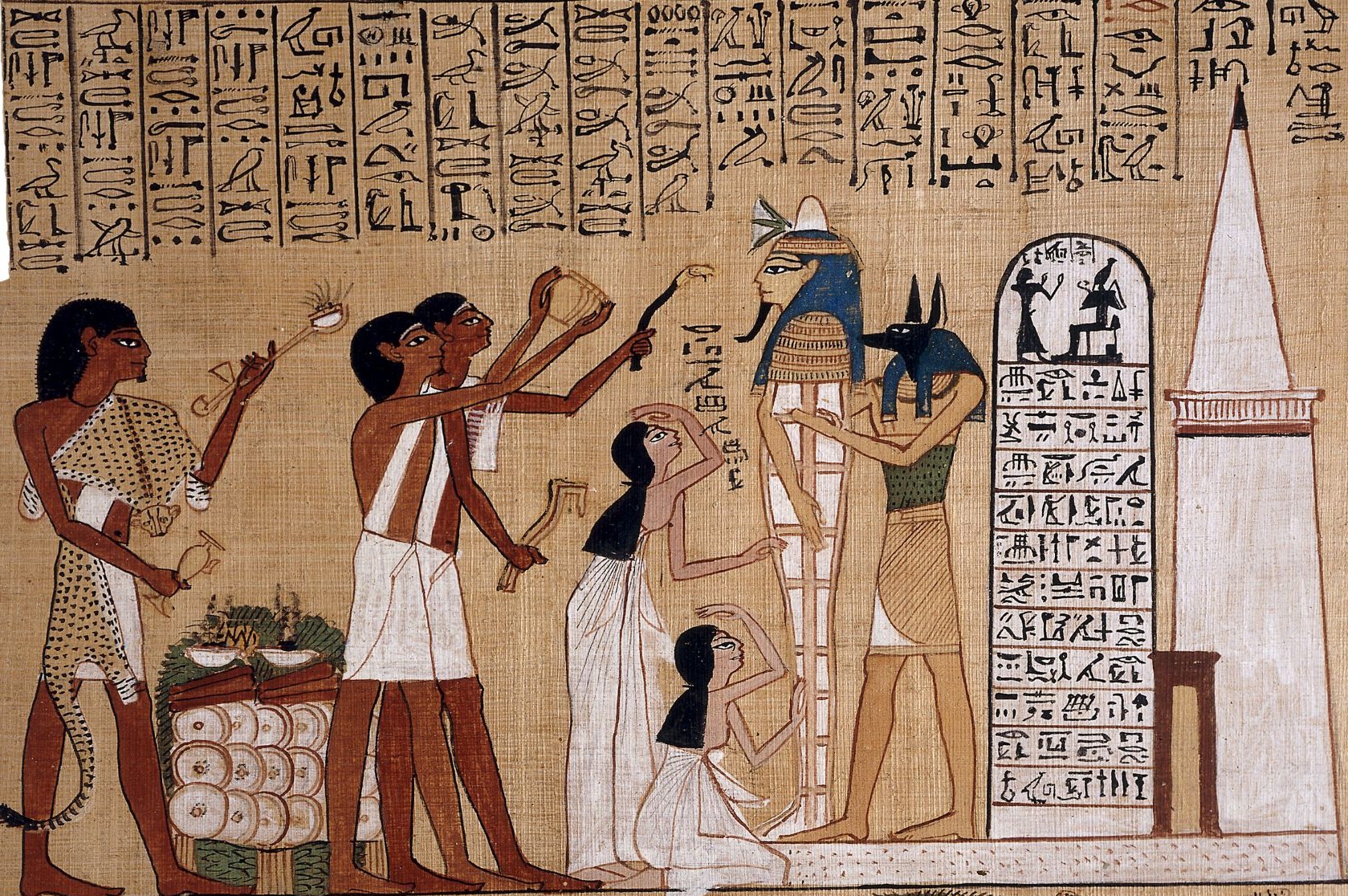
+201061123082
info@uptoursegypt.com
[language-switcher]
For the ancient Egyptians, the continuation of earthly life in the other world was an irrefutable fact, and the deceased was properly prepared for the last road to the kingdom of Osiris, following complex rituals that protected him from any danger and ensured his eternal existence.
Also, the Egyptians believed that every human has a soul called “Ba”, and that the soul has a weakness called “Ka” and it was transferred to the body after death, and they also believed that the body and faces should remain unchanged so that the weakness could identify the person.
Therefore, the ritual of mummification was necessary in order for the deceased to realize himself and his personality, in order to merge with the god Ra.
And also they made statues of the deceased, and the face should be very similar, as in life, if the mummy was destroyed by thieves or the elements, it could move in the statue.
Even in prehistoric times, the body was placed in the position of the fetus, as if returning to the womb of the mother goddess, then the body was sewn into animal skins and placed in a large earthen vessel and buried in the desert. The dry and hot climate, drying out the body, made it possible to maintain it for a long time.
The mummification rite was a very complex process. During the Fifth Dynasty, mummification became a private art. Herodotus spoke of three methods of embalming, but it all depends on the financial capabilities and political power of the family. The most economical method of embalming was available even to the poor.
It consisted in washing the insides well, drying in the sun as in ancient times.The most expensive way allowed to preserve the appearance of the deceased in the best possible way. It lasted for several months and was available to few people, because its cost was twenty-six kilograms of silver, which was an impressive amount for that time. The mummification rite was supervised by a high-ranking priest. The priest wore the mask of the divine embalming Anubis.
Each stage of the mummification process takes place in a secluded place called awapet, translated as “clean place” or “house of life” forever, and the ceremony was accompanied by the recitation of prayers and magic incantations.
First, the priest removes the brain using a special device that is inserted through the nose. Then an incision was made in the left side of the abdomen to remove the lungs, liver, stomach and intestines, then they were placed in four vessels. These vessels were called parachutes and were guarded by the four sons of the choir and Isis. The heart was considered the center of the mind and the soul, and he left it in its place, and it was believed that the heart was necessary for justice.
The body of the deceased is covered for seventy days with natron, meaning salt, which is a mixture of sulfates, carbonates and sodium chloride to expel all fluids from the body. After this period the body is washed with resins, essences and herbs.
Then the body is decorated with protective amulets and, finally, it is wrapped in thin strips of linen, often bearing inscriptions or drawings from the Book of the Dead.
Only after that the remains of the dead are returned to their relatives and placed in a wooden coffin.Moreover, the coffin that was in the eyelid is transported to the cemetery, accompanied by a long group of friends and relatives, as well as mourners and professional servants. The servants then carry burial accessories, including everyday items that the deceased will need in the afterlife.
The sarcophagus was then placed in a hermetically sealed tomb.